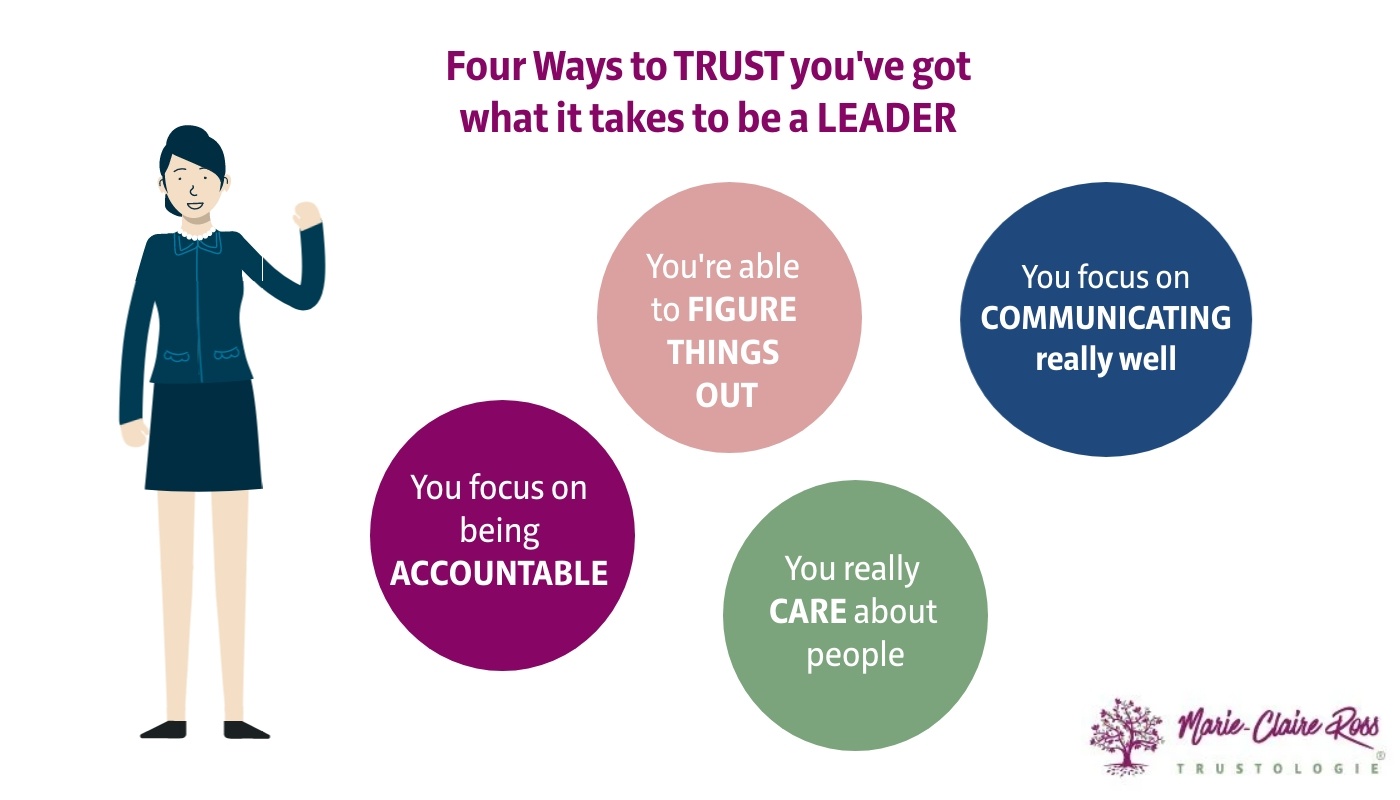
Why Your Leadership Brand Controls Your Career Success (And How to Fix It)
Many leaders jump into a leadership position excited by the opportunity to help others and perform at a higher level.
In my work as an an executive coach, I find a lot of leaders get stuck is when their leadership is well, random. And by that I mean not a lot of thought has gone into how they want to show up or the leadership legacy they wish to leave behind.
One of the most important things a leader can do is be intentional and that means having a clear understanding of who you are as a leader. Yet, most people unconsciously mimic the leadership styles of other leaders around them (or make a determined choice to do the opposite).
The solution? Leadership brand - your intentional identity as a leader - is what truly drives career success.
What is your Leadership Brand?
Your leadership brand is how you intentionally choose to show up as a leader. It’s your:
-
Strengths and natural abilities - what you do exceptionally well and bring consistently to your leadership.
-
Presence and style – how you interact, communicate, and make decisions.
-
Impact and purpose – the outcomes you want to create.
Benefits of having a Personal Leadership Brand
Having a clearly defined leadership brand brings a host of practical and strategic benefits -- both for the leader and the people they lead.
One of the main benefits is greater career satisfaction.
The study "Get Noticed to Get Ahead: The Impact of Personal Branding on Career Success" (Gorbatov, Khapova, & Lane, 2019), confirmed that personal branding leads to greater career satisfaction, which is fully mediated by perceived employability (an individual's assessment of their marketability).
Being intentional about your brand makes you more visible, differentiates your value, and directly boosts your confidence and sense of being marketable in the labour market.
Having a clear leadership brand has also been linked to better organisational performance, better decision-making, enhanced influence and impact and alignment across teams and stakeholders.
Leadership Brand vs Leadership Reputation
In my leadership development course, I take leaders through an exercise where they write down their leadership brand statement.
What's interesting is that a lot of people describe themselves in terms of what they do or how others see them. That's not your brand, that’s your reputation.
Here’s the distinction:
-
Leadership reputation = how others currently see you based on past behaviours and interactions. It’s reactive and socially shaped - “what people say about me when I’m not in the room.”
-
Leadership brand = how you want to be known as a leader — your intentional identity, grounded in your strengths, natural abilities, and desired impact. It’s proactive and aspirational — “how I consciously choose to show up.”
Reputation follows brand - not the other way around. Leaders who define their brand first operate from clarity and authenticity, rather than comparison or habit.

Leading based on reputation alone can be a career-limiting trap.
Why it’s important to start from the inside out
As Kevin Cashman writes in Leadership from the Inside Out, we often focus on external mastery - recognition, performance metrics, or how we are perceived. True leadership is about authentic influence that creates value.
Leaders who define themselves from the inside out draw on their strengths, connect meaningfully with others, and serve a broad array of stakeholders.
When we build our leadership from reputation alone, we stay reactive and constrained by old patterns. By leading from our strengths and authentic self, we lead with clarity and over time, our brand shapes our reputation, not the other way around.
It's about shifting your mindset from "How do others see me?" to "Who do I want to be as a leader, regardless of how others perceive me?" And then bringing that to life.
The Power of an Intentional Leadership Brand
The majority of leaders who are not getting the right results nearly always have a leadership reputation that precedes them.
It could be because they tend towards being a people pleaser, aim for constant harmony or want to be seen as the go-to-expert. Sometimes it's because they are oblivious to their strengths or the need to add value to a variety of stakeholders (not just one group). Other times, it's because they haven’t yet given themselves permission to define their own leadership from the inside out - their sense of self as a leader is externally anchored.
If you haven’t yet defined your leadership brand, now is the time. Put pen to paper. Write a statement that reflects who you truly are as a leader, the impact you want to create, and the presence you want to bring - not who you think others want you to be. If you want help with that, then join my Leadership Development Program.
Leading from the inside out is how you build trust, influence, and long-term career success. It comes from being intentional and clear.
And isn't that the sort of leader you would follow?
